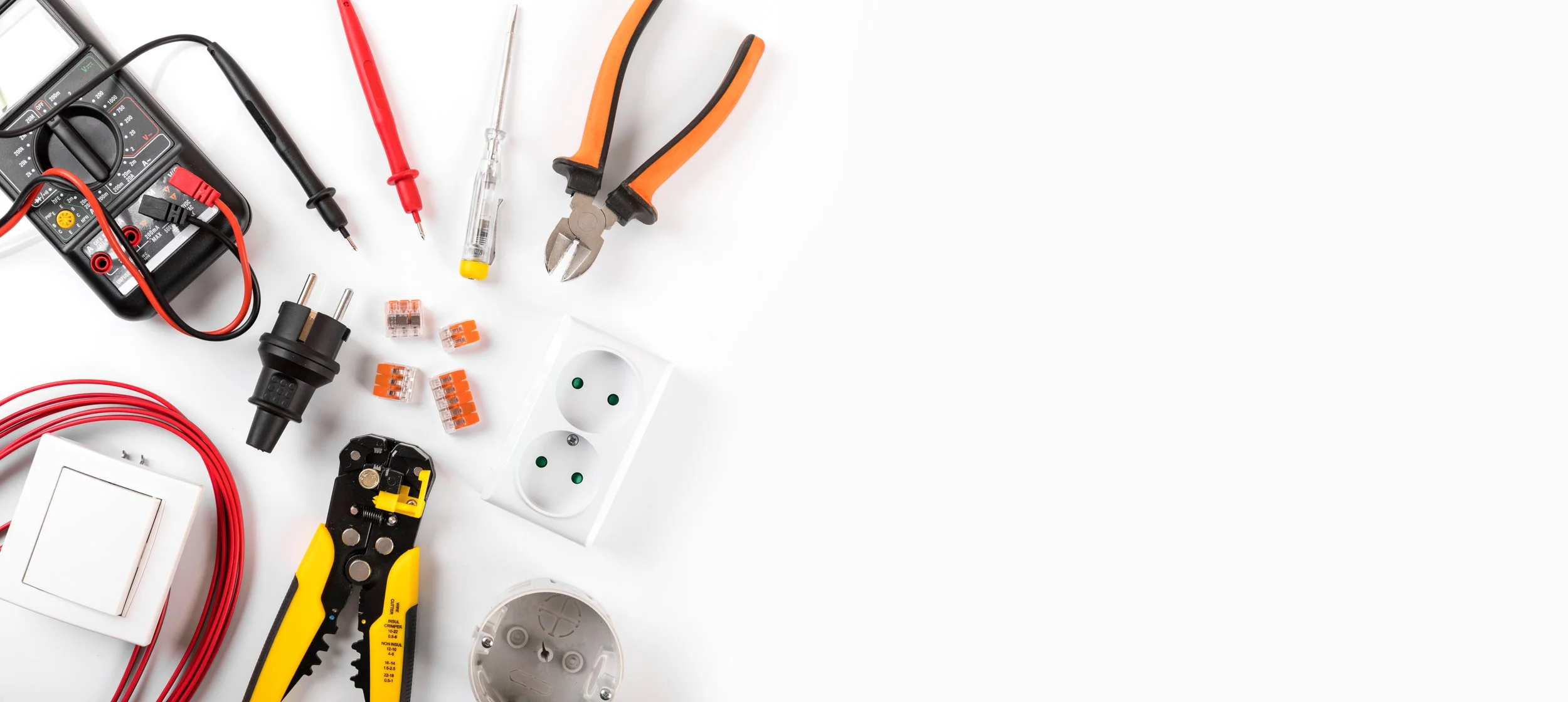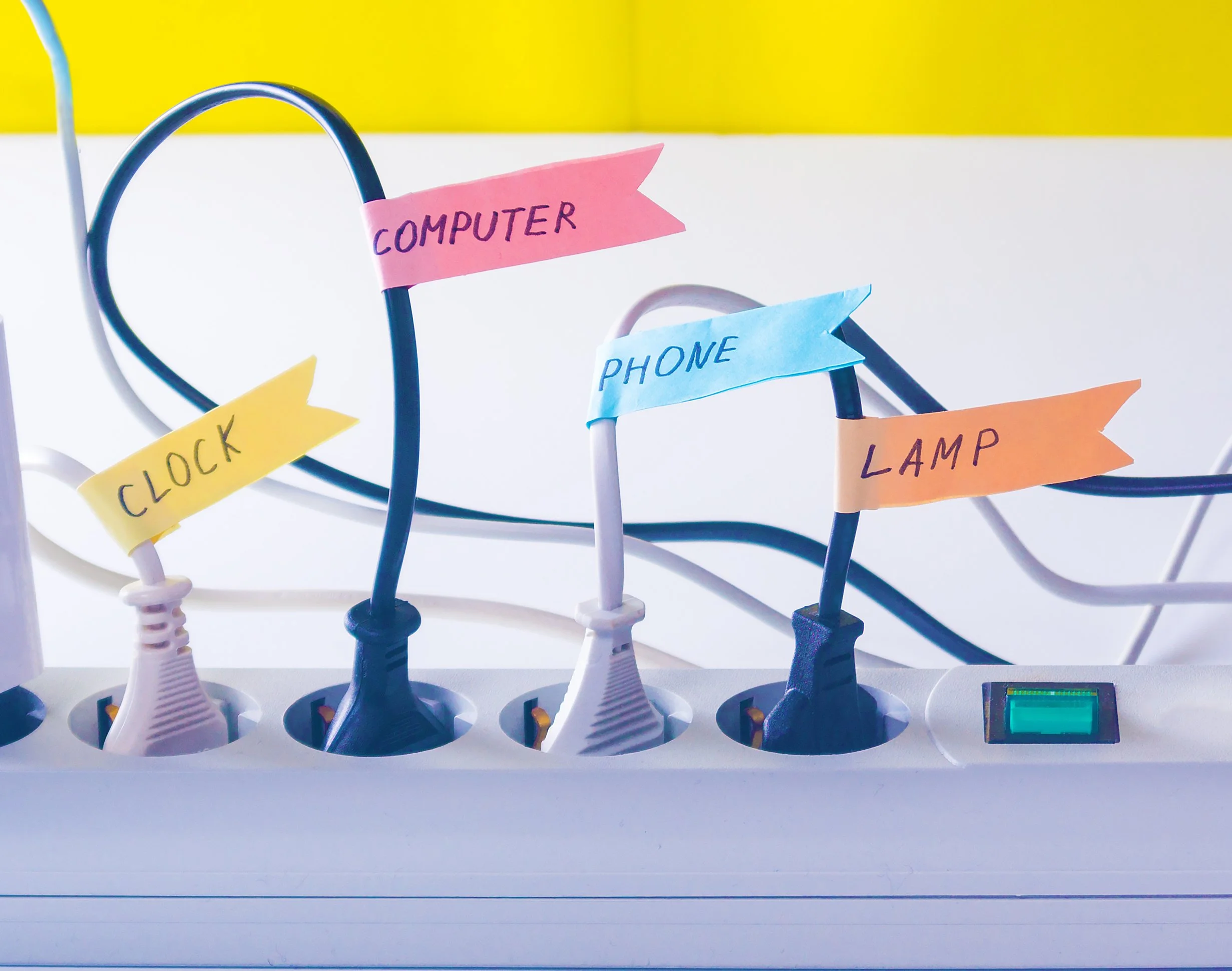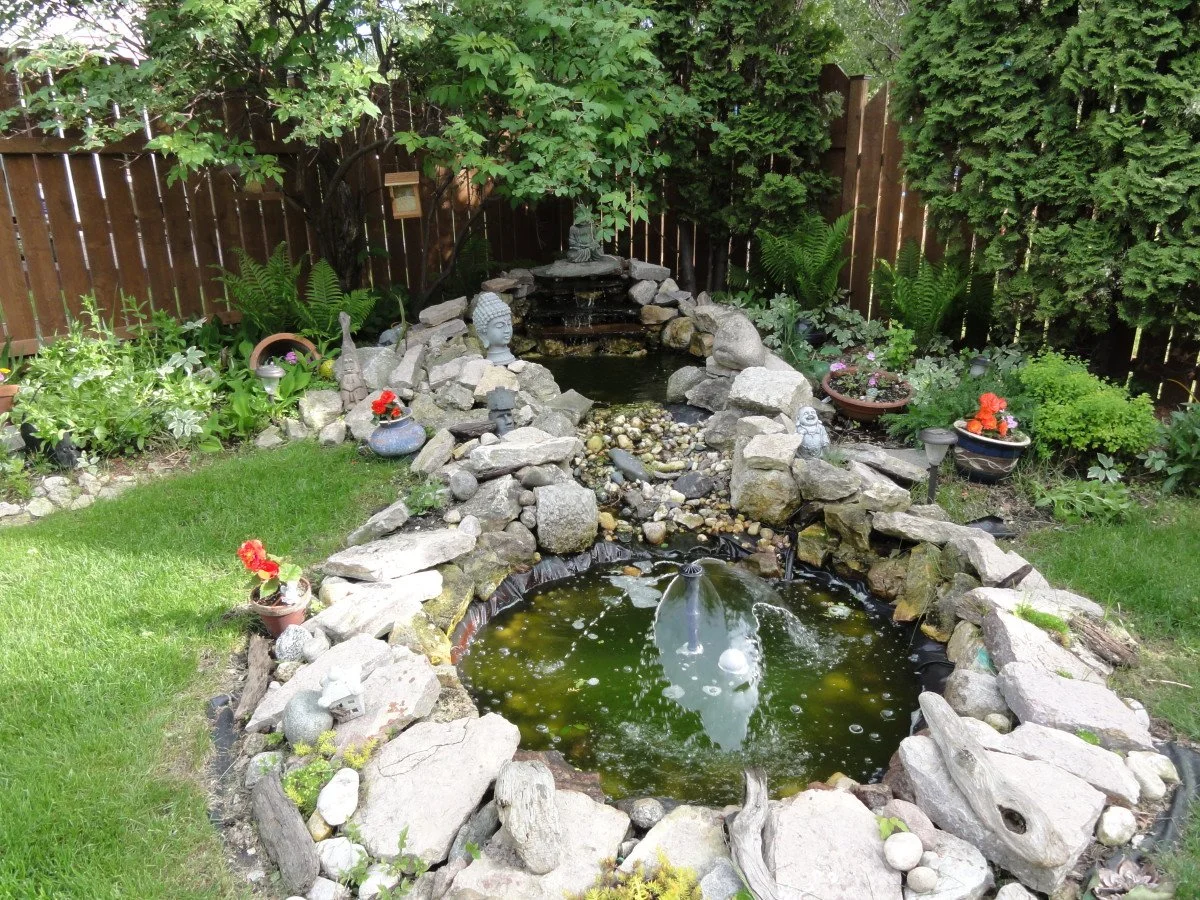Top 8 Essentials to Inspect Before Renting a Property
RH Business Marketing Solutions
When embarking on the journey of finding a new rental property, it's easy to get caught up in the excitement of envisioning your life in a new space. However, paying attention to a thorough inspection of the rental property is crucial amidst the excitement. This article will explore the significance of conducting a comprehensive inspection before renting a property and how it can save time and money.
1. Property Location
The old adage holds true—location is paramount when choosing a rental property. Assessing the neighborhood is the first step when renting a property. Take note of crime rates, community history, environment, employment opportunities, and amenities. Consider the proximity to your workplace and daily necessities such as grocery stores, pharmacies, and schools. Access to transportation options, whether public transit routes or significant highways, should also be evaluated.
2. Exterior Condition
The exterior of a property serves as its first impression and can provide valuable insights into its overall condition. Inspecting the property's structural integrity and paying close attention to the condition of the walls, roof, and foundation is essential in making a rental decision. Look for any neglect or damage, such as cracks or water stains. Check for proper drainage to ensure water is directed away from the foundation, preventing potential flooding or moisture damage. Finally, curb appeal and outdoor space should be checked. Consider factors like lawn maintenance and garden areas.
3. Interior Condition
Once inside the property, focus on assessing the condition of the interior spaces. Ask questions about the spaces, rooms, and utilities. Check the walls, floors, and ceilings for any signs of wear and tear, such as peeling paint or sagging ceilings. Test the functionality and security of doors and windows, ensuring they open and close smoothly and are equipped with secure locks. Inspect the quality and freshness of paint and finishes throughout the property, noting any areas requiring touch-ups or repairs.
4. Plumbing System
A properly functioning plumbing system is essential for a comfortable living environment. Test the water pressure and temperature in various fixtures throughout the property to ensure consistency. Inspect drains and pipes for any signs of leaks or clogs, such as water stains or mold growth. Check under sinks and around toilets for evidence of water damage, which could indicate underlying plumbing issues. Finally, examine faucets and fixtures for any damage or malfunction, such as dripping faucets or loose handles.
5. Electrical System
Safety should always be a top priority for a rental property's electrical system. Test the outlets and switches throughout the property to ensure proper functionality. Inspect the circuit breaker panel for safety and capacity, ensuring it's properly labeled and free of any signs of damage. Look for any exposed wiring or outdated electrical fixtures that could pose a potential fire hazard. Finally, lighting fixtures should be checked for faulty wiring or bulbs that need replacing, ensuring adequate illumination in every room.
6. Heating and Cooling Systems
Maintaining a comfortable temperature indoors is essential for your overall well-being. Evaluate the functionality and efficiency of the HVAC system, ensuring it's capable of adequately heating and cooling the space. Test the thermostat to verify proper temperature regulation, and consider the cleanliness and replacement schedule of air filters for optimal indoor air quality. Check vents and ductwork for any signs of damage or obstruction that could affect the system's performance.
7. Appliances and Other Inclusions
Many rental properties come equipped with appliances for your convenience. Test the refrigerator for cooling performance and check the ice maker if applicable. Assess the stove/oven for even heating and functionality of controls, ensuring all burners and settings work as intended. If a dishwasher is included, run a cycle to test its operation and check for any leaks or drainage issues. Finally, inspect the washer and dryer (if included) for any signs of wear or malfunction, such as unusual noises or vibrations during operation.
8. Safety Features
Ensuring your safety and that of your loved ones should always be a priority. Test smoke and carbon monoxide detectors to ensure they're in working order and replace batteries if necessary. Inspect fire extinguishers for accessibility and check the inspection date to ensure they're up to code. Look for emergency exit signs and clear pathways to ensure easy access in an emergency. Finally, familiarize yourself with the property's emergency evacuation plan and procedures, which should be posted in common areas.
9. Pest Control
Nobody wants unwanted guests in their home, especially pests. When it comes to pest control, look for signs of infestation, such as droppings, nesting materials, or damage to the property. Identify common pest entry points, such as cracks in walls or gaps around windows and doors, and consider sealing potential access points to prevent future infestations. Additionally, inquire about the property's previous pest treatment history and establish a follow-up plan to address any existing issues.
10. Lease Agreement
Before committing to a rental property, review the lease agreement carefully to ensure clarity on all terms and conditions. Pay close attention to rent and deposit amounts, and understand your financial obligations before signing on the dotted line. Familiarize yourself with lease terms and renewal options and any rules and regulations the property management outlines. Before proceeding, ask questions or seek clarification about the lease agreement terms and conditions.
Conclusion
In conclusion, conducting a thorough inspection before renting a property is essential for ensuring a smooth and hassle-free rental experience. By paying close attention to the ten essentials outlined in this article, you can make an informed decision and avoid potential headaches. Remember, a little due diligence upfront can save you both time and money in the long run. Happy house hunting!














